
Gilia is a genus of between 25 and 50 species of flowering plants in the Polemoniaceae family and is related to phlox. These Western native plants are best sown in sunny, well-draining soil in the temperate and tropical regions of the Americas, where they occur mainly in desert or semi-desert habitats

Schinia, commonly called flower moths, is a large genus of moths belonging to the family Noctuidae. The genus has a Holarctic distribution with the vast majority of species being found in North America, many with a very restricted range and larval food plant.
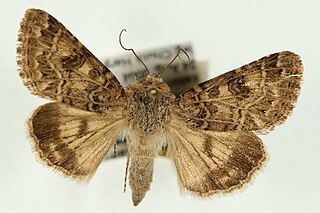
Schinia cupes is a moth of the family Noctuidae. It is found from Texas, west to New Mexico and north to Kansas and Colorado.

Schinia obliqua is a moth of the family Noctuidae. It is found in North America including California and Colorado.
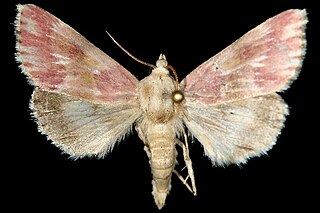
The bleeding flower moth is a moth of the family Noctuidae. It is found from North Carolina to Florida, west to Texas, north to Montana. There is also a disjunct population in Ontario.
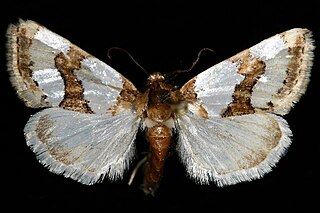
Schinia chrysella is a moth of the family Noctuidae. It is found throughout the central United States south to Monterry, Mexico.
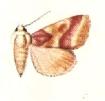
Schinia regia is a moth of the family Noctuidae. It is found in North America, including Colorado, Kansas, Nebraska, Oklahoma, New Mexico and Texas.
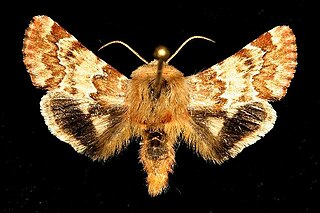
Schinia septentrionalis, the northern flower moth, is a moth of the family Noctuidae. The species was first described by Francis Walker in 1858. It is found in North America from Missouri to Quebec to South Carolina and Louisiana. Records include Colorado, Oklahoma, South Dakota and Texas. It is listed as threatened in the US state of Connecticut.

Schinia tuberculum is a moth of the family Noctuidae. It is found from New York to Florida, west to Oklahoma and Texas.
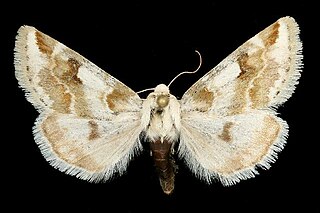
The rabbitbush flower moth is a moth of the family Noctuidae. It is found from central Arizona and New Mexico, north to Colorado, south-western Wyoming and Utah, west to Nevada and California, and north to Oregon, Idaho and Washington.
Schinia rufocostulata is a moth of the family Noctuidae. It is only known from south-western Texas.
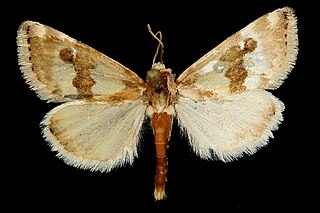
Schinia alencis is a moth of the family Noctuidae. It is found from south-eastern Colorado to south-eastern Arizona east to western Oklahoma, northern Texas to south-western and south-eastern Texas.

Schinia lynda is a moth of the family Noctuidae. It is only known from the dunes in the high desert of south-central Oregon.
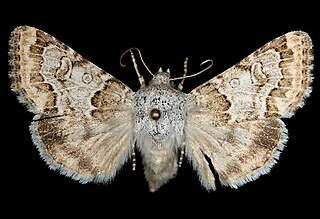
Schinia deserticola is a moth of the family Noctuidae. It is found from southern California to southeastern Arizona and north to west central Utah and southeastern Oregon.

Schinia biundulata is a moth of the family Noctuidae. It is found in western North America, including Arizona, California, Idaho, Nevada, Oregon, Texas and Utah.
The Maroon Washed Flower Moth is a moth of the family Noctuidae. It is found in central Florida.
P. californica may refer to:
S. aurantiaca may refer to:

Synchlora tenuimargo, Warren's bordered emerald, is a moth in the family Geometridae. It is found from Mexico to Peru. The habitat consists of cloudforests at elevations ranging from 400 to 2,000 meters.
This page is based on this
Wikipedia article Text is available under the
CC BY-SA 4.0 license; additional terms may apply.
Images, videos and audio are available under their respective licenses.













